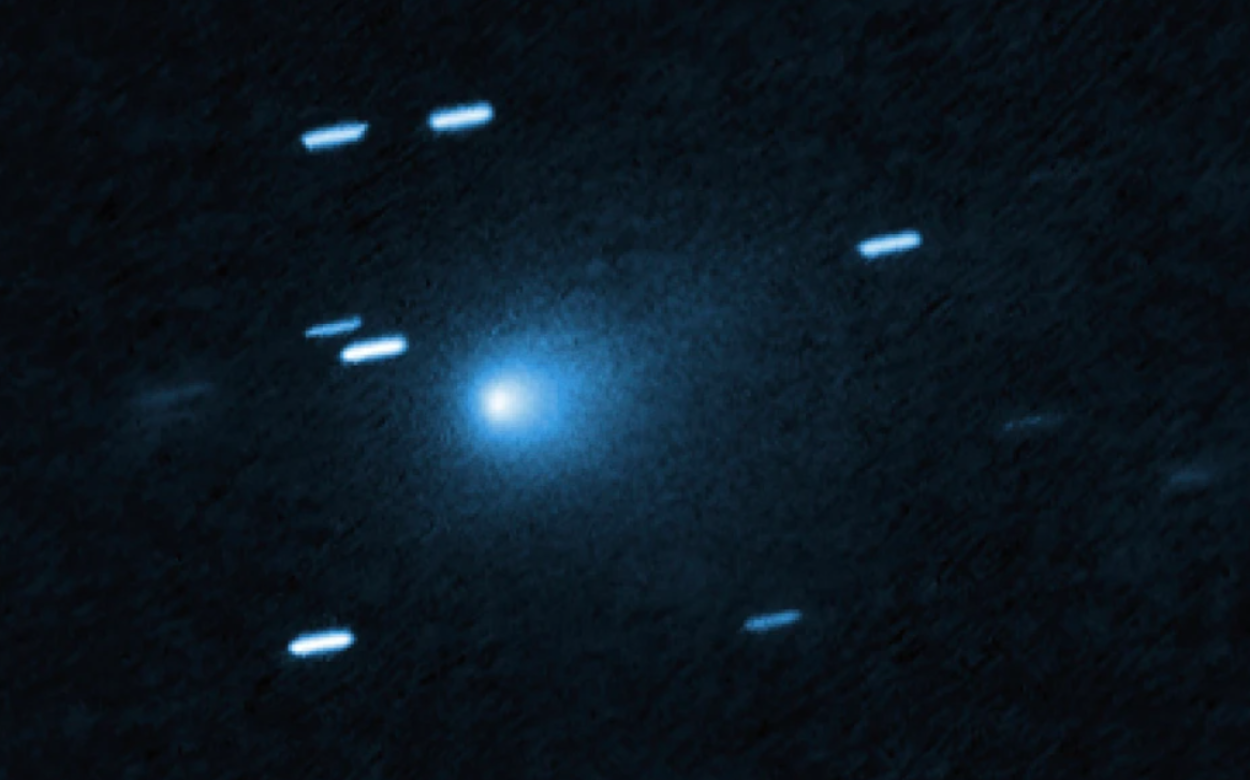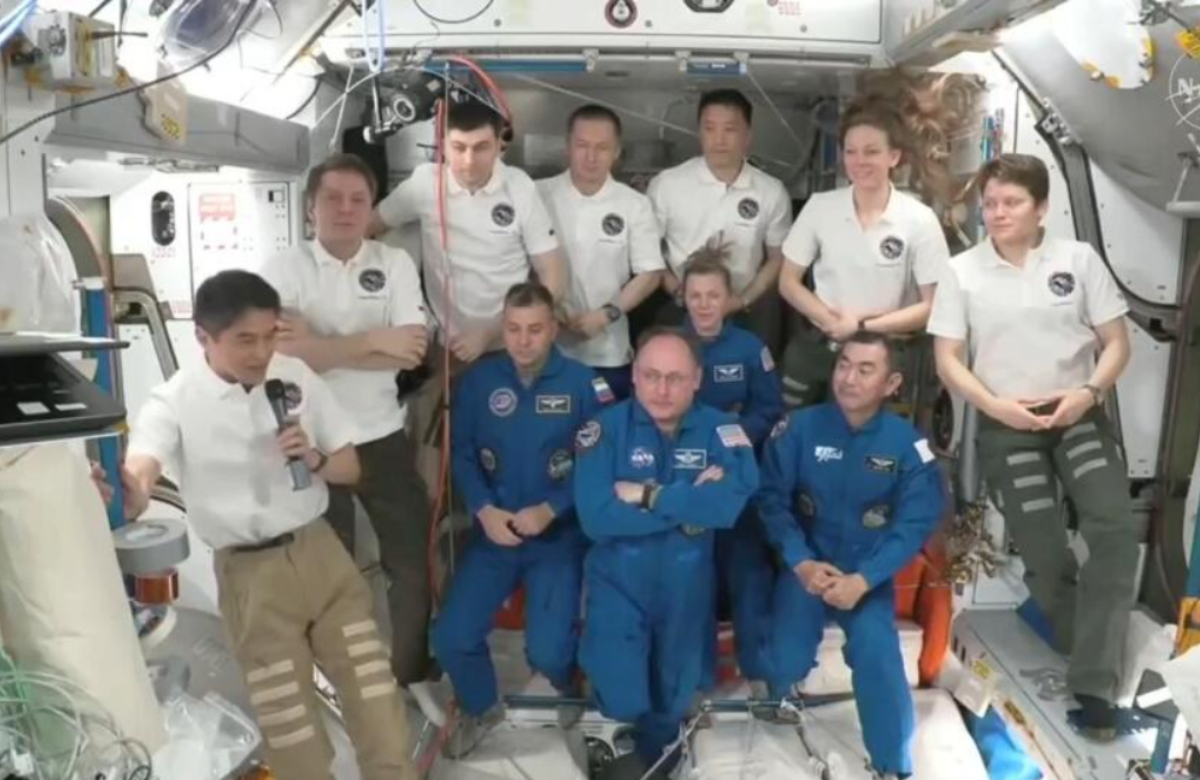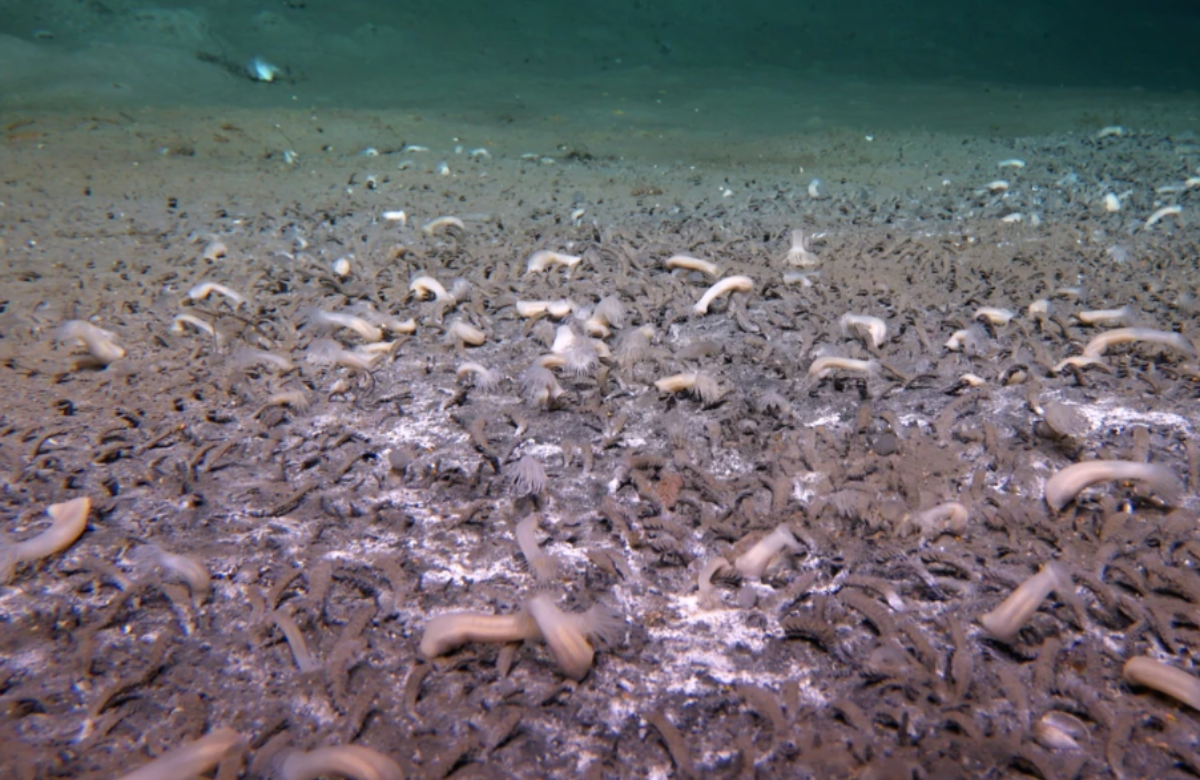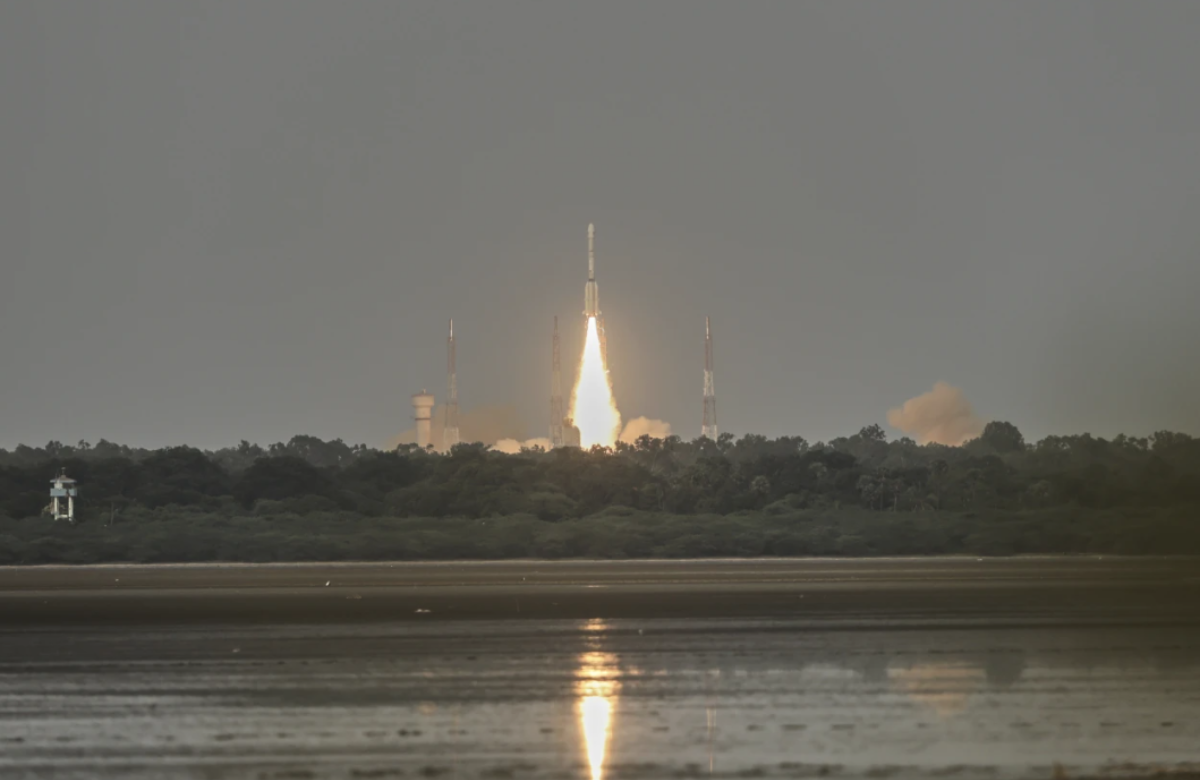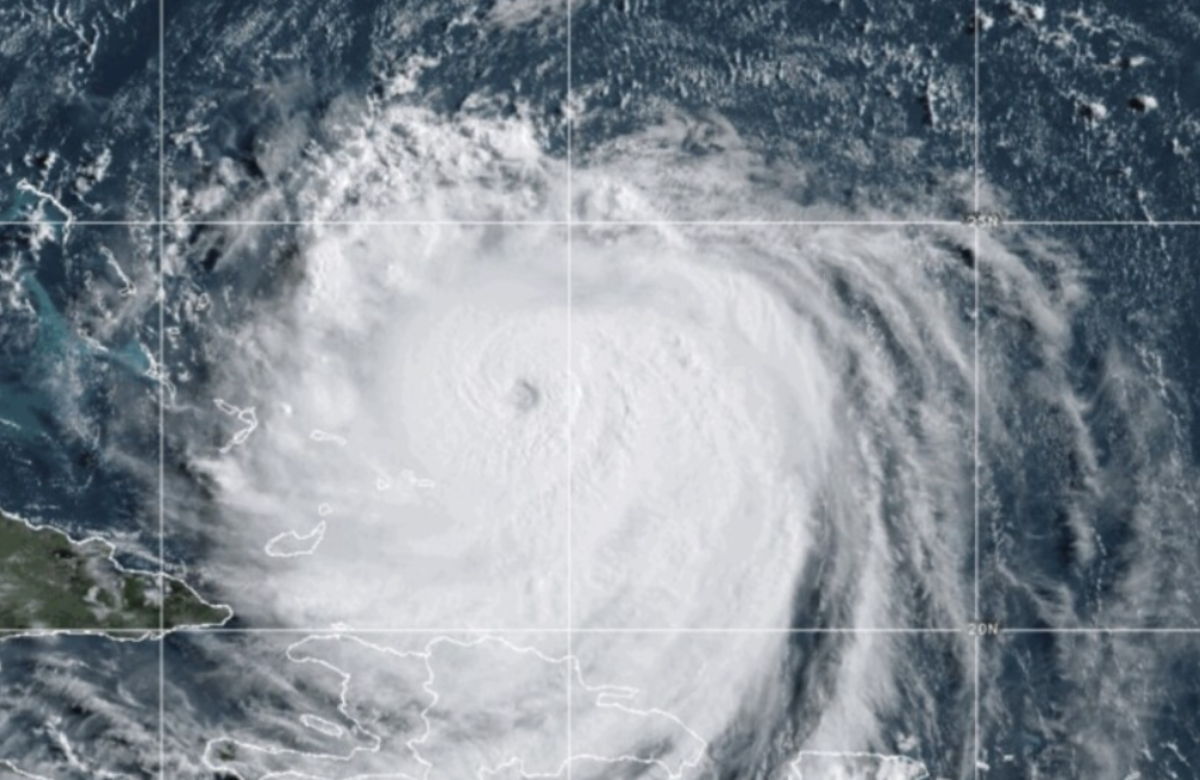In a groundbreaking discovery, astronomers have observed the first known signs of rocky planets beginning to form around a young, sun-like star — a rare opportunity to witness the early moments of planetary birth, similar to the origins of our own solar system.
“This is a direct glimpse into the hot inner region where Earth-like planets begin to take shape around newly forming stars,” said Melissa McClure of the Leiden Observatory in the Netherlands, who led the international research effort. “For the first time, we can confidently say that the earliest stage of planet formation is happening right now.”
Published in the journal Nature, the findings offer a rare look into what many scientists consider “time zero” in the life of a planetary system — a moment when dust and gas begin coalescing into solid particles that will eventually build worlds.
Fred Ciesla, a planetary scientist at the University of Chicago who was not involved in the research, described the results as a long-anticipated breakthrough. “Astronomers have been theorizing about how planetary systems form for decades,” he said. “This opens up a rich new window into that process.”
Using data from NASA’s James Webb Space Telescope and the European Southern Observatory’s ALMA network in Chile, the team focused on a young protostar named HOPS-315, located about 1,370 light-years from Earth. This infant star, estimated to be just 100,000 to 200,000 years old, is a yellow dwarf in the making — much like our Sun in its earliest stage.
What makes this discovery so significant is the detection of solid particles — crystalline silicates and silicon monoxide gas — within the swirling gas disk surrounding the star. These substances are believed to be among the first solid materials that formed in our solar system more than 4.5 billion years ago.
Because HOPS-315’s disk has a gap in its outer region and is tilted toward Earth, researchers had a rare chance to see deep inside. This allowed them to witness the condensation of minerals, something never directly observed around other young stars before.
McClure explained that up until now, scientists didn’t know whether the formation of hot minerals — like those that built our solar system’s rocky bodies — was a universal feature or something unique to our cosmic neighborhood. “Our findings suggest that this could be a common step in the formation of rocky planets,” she said.
Previous studies had focused either on gas disks too young for solid formation or more mature systems possibly hosting developing planets. But this is the first conclusive evidence showing that the solid building blocks of planets are forming.
An image captured by ALMA shows the system glowing like a firefly in the darkness — a striking visual of a star system in the midst of creation.
It’s still unclear how many planets might eventually form around HOPS-315. Given that its gas disk is about as massive as the one that surrounded the early Sun, there’s a possibility it could produce a planetary system with as many planets as ours — or even more — in the coming millions of years.
Merel van ’t Hoff, a co-author from Purdue University, said this discovery marks just the beginning. She emphasized the need to study more young systems to determine how common this process might be and what conditions are essential for the birth of Earth-like worlds.
“Are planets like Earth rare, or could they be forming all over the universe?” she asked. “That’s the question we’re hoping to answer.”
Also Read:
Republicans Weigh Modifications to Trump’s $9.4 Billion Spending Cut Proposal
Sinner Wins Second Set 6-4 to Even Wimbledon Men’s Final Against Alcaraz




